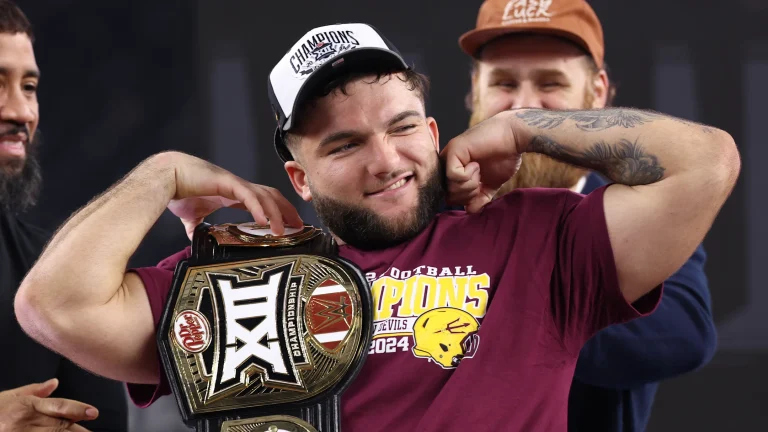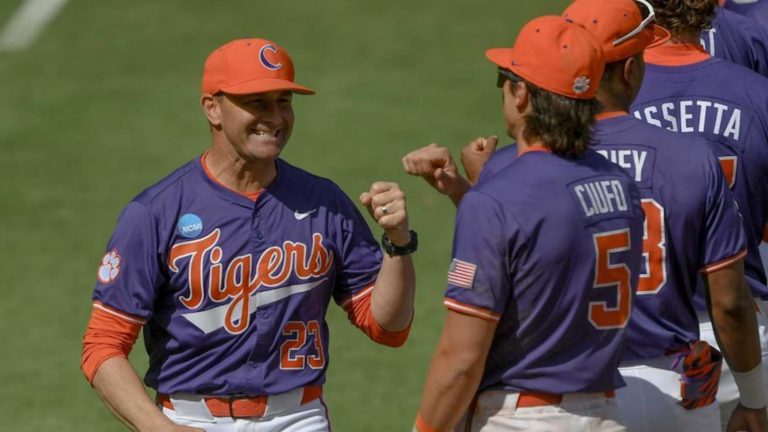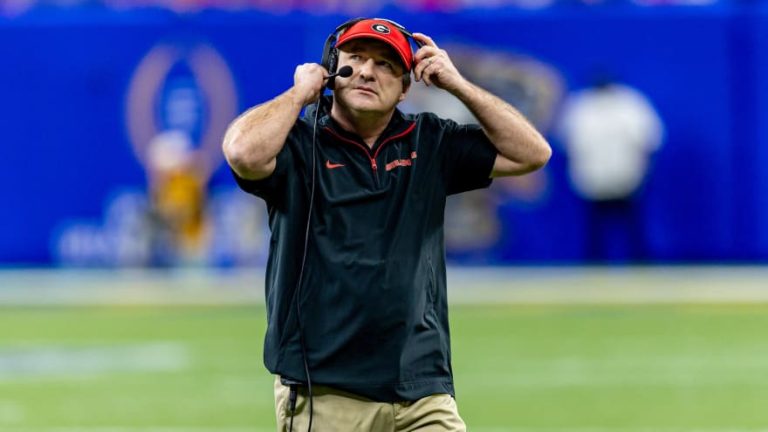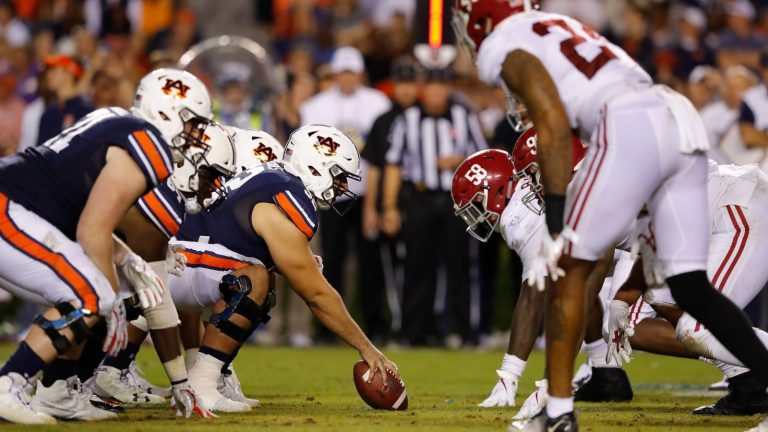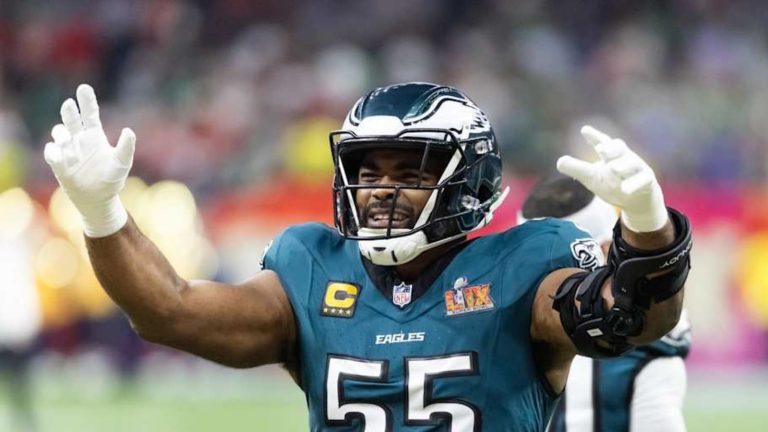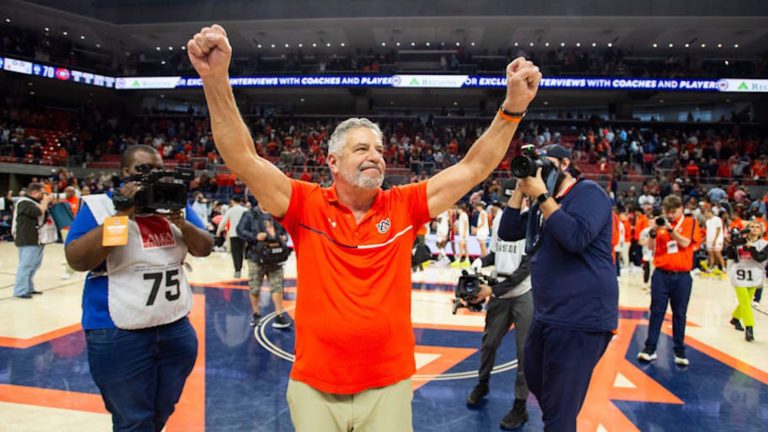Could A Coach Succeed Going Straight From A Mid-Major To Indiana?
Everyone has to start somewhere, and so it is for college basketball coaches.
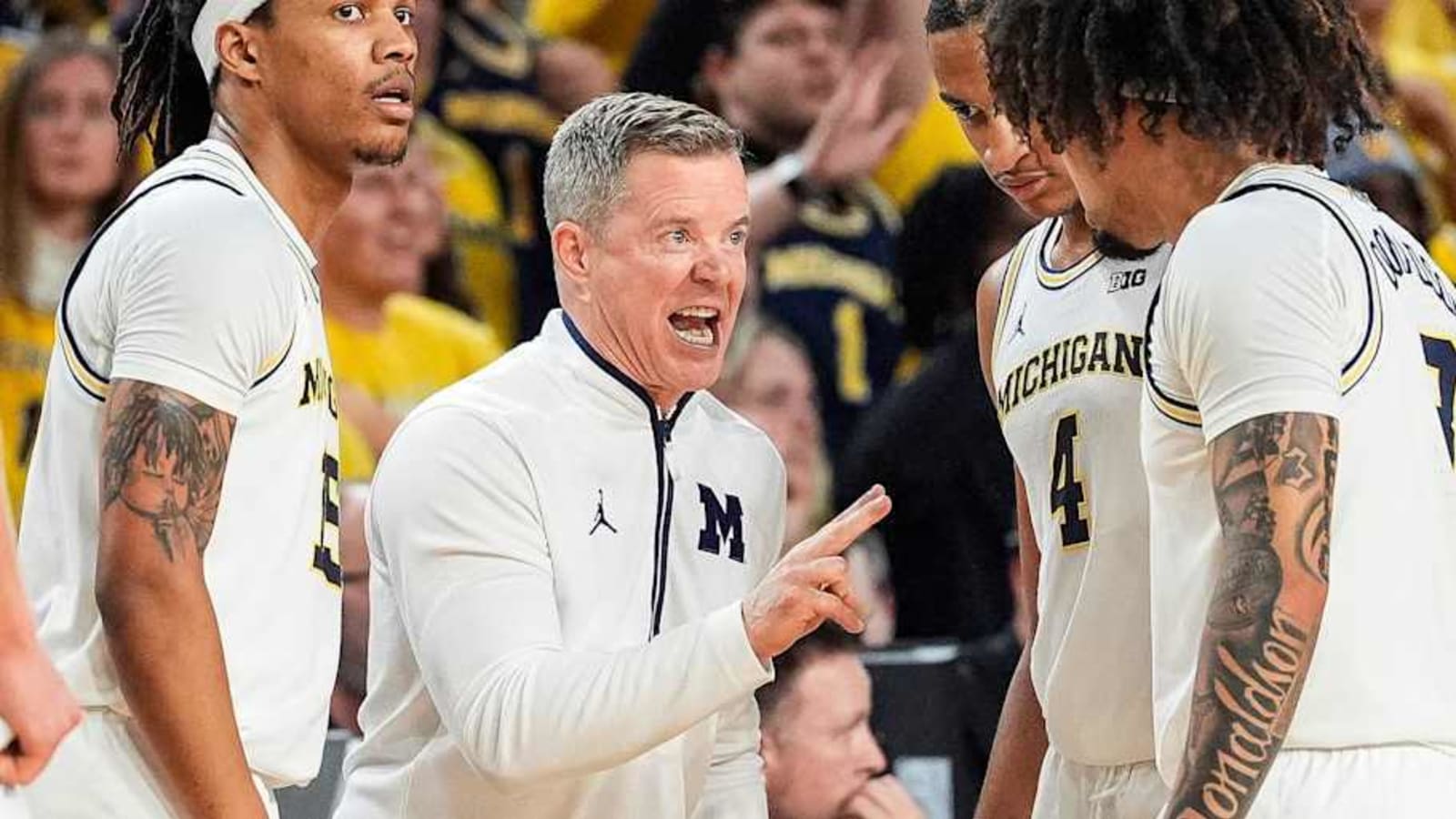
Few coaches were gifted high-profile Division I head coaching jobs right off the bat. For every Jon Scheyer at Duke, who has never been anywhere but Duke, there are far more examples of coaches who worked their way up the ladder, like Rick Pitino.
Pitino isn’t thought of that way in the context of 2025 given that he’s had established success for so long, but he toiled at Boston University long before he got his first so-called power conference coaching job at Providence.
Power schools have been raiding the mid-major ranks since college basketball began. The term “mid-major” didn’t exist until modern times, but Indiana’s two most famous coaches – Branch McCracken and Bob Knight – both cut their teeth at smaller schools before they got to Indiana. McCracken coached at Ball State, and Knight coached at Army.
In fact, of the top 25 teams in the NCAA NET rankings on Monday, 18 of those coaches were at a mid-major school before they got to a power conference institution.
As Indiana hunts for its next coach, there are plenty of mid-major candidates who have been mentioned as possibilities. Drake’s Ben McCollum is most prominently mentioned, but there are others.
Having a mid-major background is common, but the paths some of the mid-majors veterans have taken to power jobs are not.
Straight From Mids To Power Schools
There’s a distinct difference in the paths one-time mid-major coaches took to get to power conference schools. Some went straight from a mid-major to a power conference school. Others spent time at a lesser power conference school before they arrived at a more prominent program.
For Indiana’s purposes, if it was to consider hiring a mid-major coach straight from the mid-major ranks, there are seven coaches currently in NET Top 25 who fit that definition.
Bruce Pearl (Milwaukee to Tennessee), Todd Golden (San Francisco to Florida), Nate Oats (Buffalo to Alabama), Matt Painter (Southern Illinois to Purdue), Dennis Gates (Cleveland State to Missouri), Dusty May (Florida Atlantic to Michigan) and Shaka Smart (Virginia Commonwealth to Texas) all went straight from mid-majors to power schools.
They all share that background in common, but that’s where the similarities end. Not all of their jobs were created equal. The programs didn’t all have the same mission in mind. Fan bases at various schools differ in their patience for transition to winning.
Painter, for example, left Southern Illinois to be an assistant and coach-in-waiting at Purdue during the final days of Gene Keady. Once Painter took over, he was given a long rope to get Purdue to winning ways.
Gates has Missouri winning at the moment, but his fans and administration had to be patient through an 0-18 SEC campaign in 2024 to get where they are now. That level of patience wouldn’t exist at other power schools, including Indiana.
By definition, hiring a coach straight from the mid-major ranks is riskier given that they haven’t proven themselves at the higher level. But there have been immediate success stories.
When Pearl took over at Tennessee in 2005, the Volunteers had a 22-win season and never missed the NCAA Tournament on his watch. Oats had one transition season at Alabama in 2019-20 and has made the NCAA Tournament every year since, advancing to the Final Four in 2024. May has Michigan atop the Big Ten in his first season after arrivingal from Florida Atlantic.
Two head coaching stops to power route
If a school wants more experience, a commonly taken route to a power coaching job is to hire a coach with success at two different mid-major schools.
Four coaches in the NET Top 25 fit this definition – three of whom have been mentioned as candidates for the Indiana job.
Grant McCasland, now at Texas Tech, coached Arkansas State and North Texas before he took over at Texas Tech in 2023.
T.J. Otzelberger coached at South Dakota State and UNLV before he took over at Iowa State in 2021.
Chris Beard, now at Ole Miss, didn’t coach at two mid-majors before his first power conference job, but he coached at just about every other level.
Beard was a junior college coach, then an assistant under Bob Knight and Pat Knight at Texas Tech, then at Division III McMurry and Division II Angelo State, before he got his first Division I job at Little Rock. He was there for one season before Texas Tech hired him in 2016.
The only other coach who made two non-power stops before settling in at the power conference level is Bill Self. He coached at Oral Roberts and Tulsa before he was hired by Illinois in 2000. Self is at Kansas and has a lifetime contract with the Jayhawks.
The obvious advantage in hiring a coach with two stops before going the power route is that they have experience and have won at a level that requires a coach to succeed without a resource advantage.
How common is it for an elite school to hire a mid-major coach?
If you take into account schools that have won at least three NCAA championships – and we’ll include Louisville, even though one of their titles was vacated – it’s not very common.
Since 1980, UCLA, Kentucky, North Carolina and Kansas have not hired any coach straight from a mid-major school.
The reason for this is obvious – many of these schools draw upon their own legacies to keep their winning tradition going. It’s why Scheyer is at Duke, Mark Pope is at Kentucky and Hubert Davis is at North Carolina.
For those schools that have gone straight to the mid-major route, there have been success stories and cautionary tales alike.
Duke established its legacy by hiring Mike Krzyzewski from Army in 1980. He won five titles. UConn has built on its legacy after it hired Dan Hurley from Rhode Island in 2019. He’s led the Huskies to two straight NCAA titles.
Those are the success stories, but there are mixed results at other championship-winning schools.
Villanova has run the gamut. It struck paydirt when it hired Jay Wright from Hofstra in 2001. Wright went on to lead the Wildcats to two NCAA titles.
Villanova was up-and-down under Steve Lappas, who had four NCAA tournament appearances in nine seasons at the Philadelphia school.
Now Villanova is coached by Kyle Neptune, an assistant under Wright who spent one season at Fordham before returning to Villanova as head coach after Wright retired in 2022. Neptune has struggled as the Wildcats might miss the NCAA Tournament for the third straight year under his watch.
Louisville is enjoying success this season under Pat Kelsey. The former Winthrop and College of Charleston coach has the Cardinals at 20-6 after two disastrous seasons under former Louisville player Kenny Payne.
Then, of course, there’s Indiana’s one experience with the mid-major to power school path. Archie Miller was hired by Indiana from Dayton in 2017 to replace Tom Crean.
Miller never achieved lift-off with the Hoosiers. He was 67-58 in four seasons and did not make the NCAA Tournament.
Would Indiana’s experience with Miller turn it off to other mid-major coaches? That remains to be seen. No matter what avenue Indiana pursues with its next coach, there are likely success and failure stories alike. Hiring a mid-major coach carries a risk, but many schools have found it a risk worth taking.
